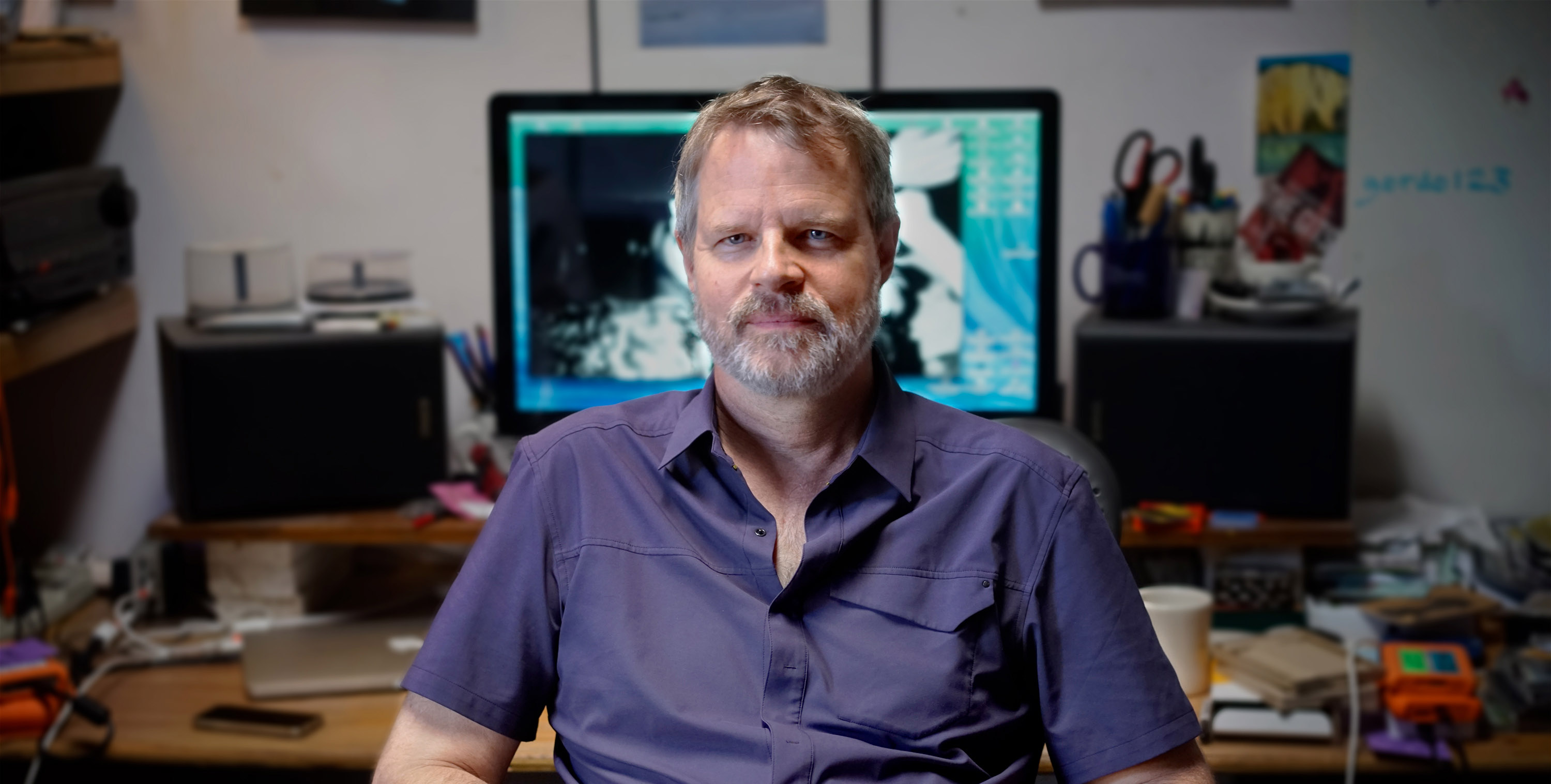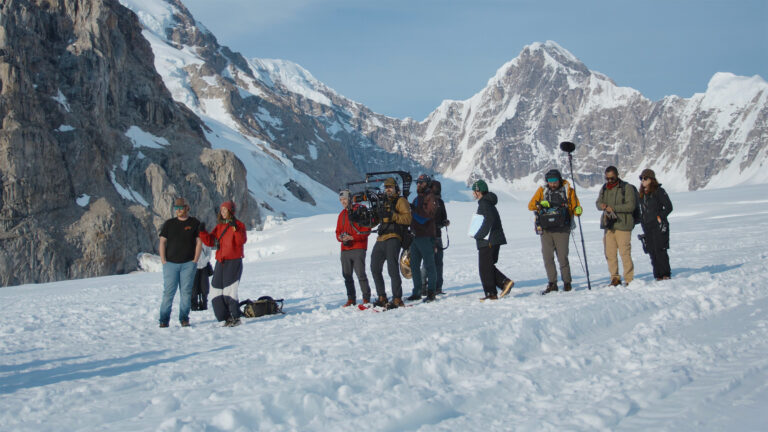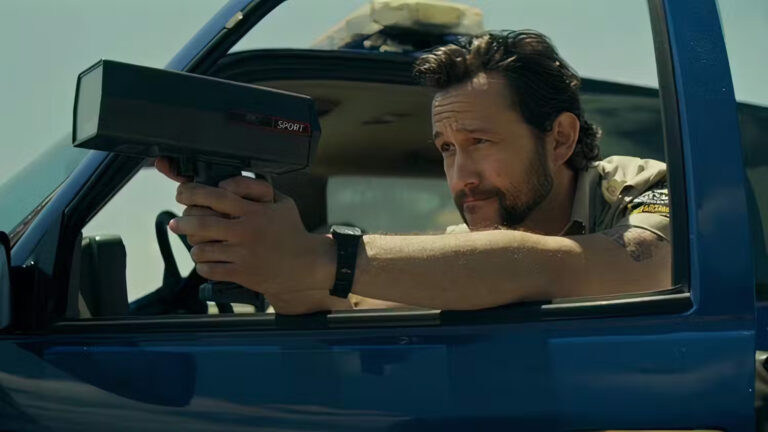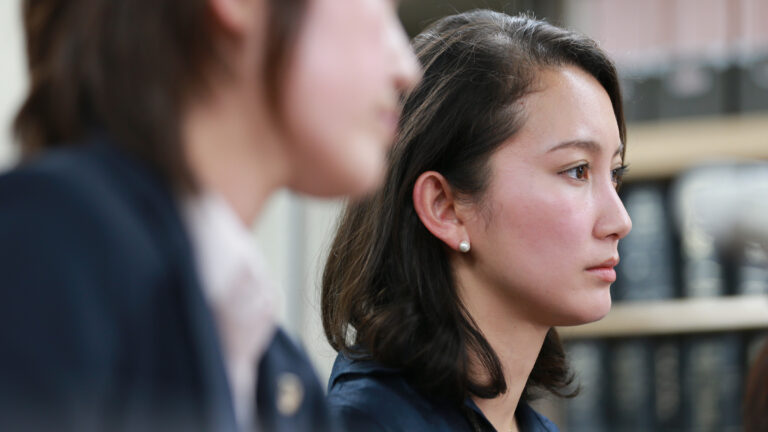The editor of a film or television show shapes the very core and fabric of the program in so many ways. Nowhere is this more prevalent than in documentary filmmaking.
But did you know that as a documentary filmmaker, even if you’re editing a documentary driven 100% by interviews and archival footage (i.e. there is no narration to script), you can lay a valid claim to the credit Writer?
The question of the actual “writer” credit can be, as with all credits in the Hollywood system, a bit political (Google the topic and you’ll soon find out what I mean). But politics aside, how similar are the creative processes of the writer and editor on a documentary film? Strikingly similar, it turns out (albeit with a couple significant differences).
To find out exactly how an editor can also be writer, I interviewed Doug Pray and Lasse Järvi, the two main editors who were also credited as writers on HBO’s hit documentary series “The Defiant Ones.”
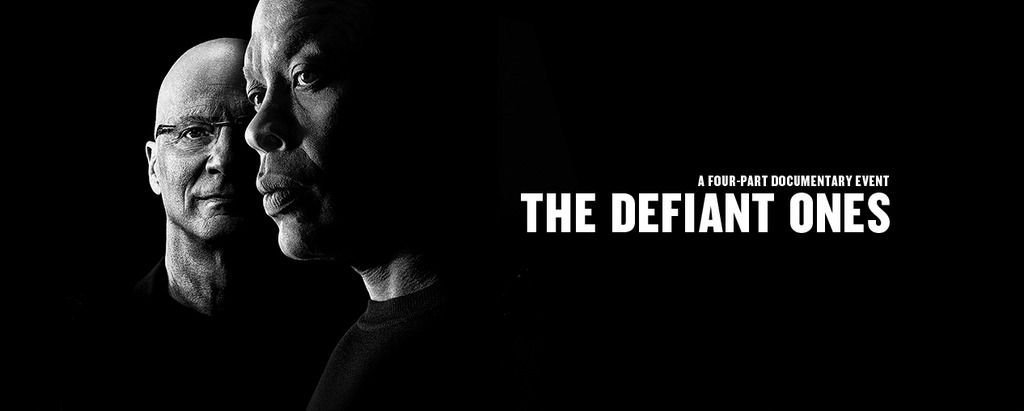
HBO has a reputation for creating groundbreaking programming on both the narrative fiction and documentary fronts. They’ve done it again with the “The Defiant Ones”, the visionary brain child of Allen Hughes (co-director of “Book of Eli”), who in addition to directing the series, is also credited as a writer and executive producer. The series tells the parallel stories of how Dr. Dre and Jimmy Iovine came up through their respective careers to form a music empire that included Beats Music, which Apple eventually bought for $3 billion in 2014.

I’ve never seen a more revealing and raw documentary about the music industry with unprecedented access to literally the biggest rap, rock and pop stars on the planet. From Bruce Springsteen to Bono.; Lady GaGa to Sean “P. Diddy” Combs. Over a dozen living icons bore their souls to talk about the lives and careers of two equally iconic artists: Dre and Iovine.
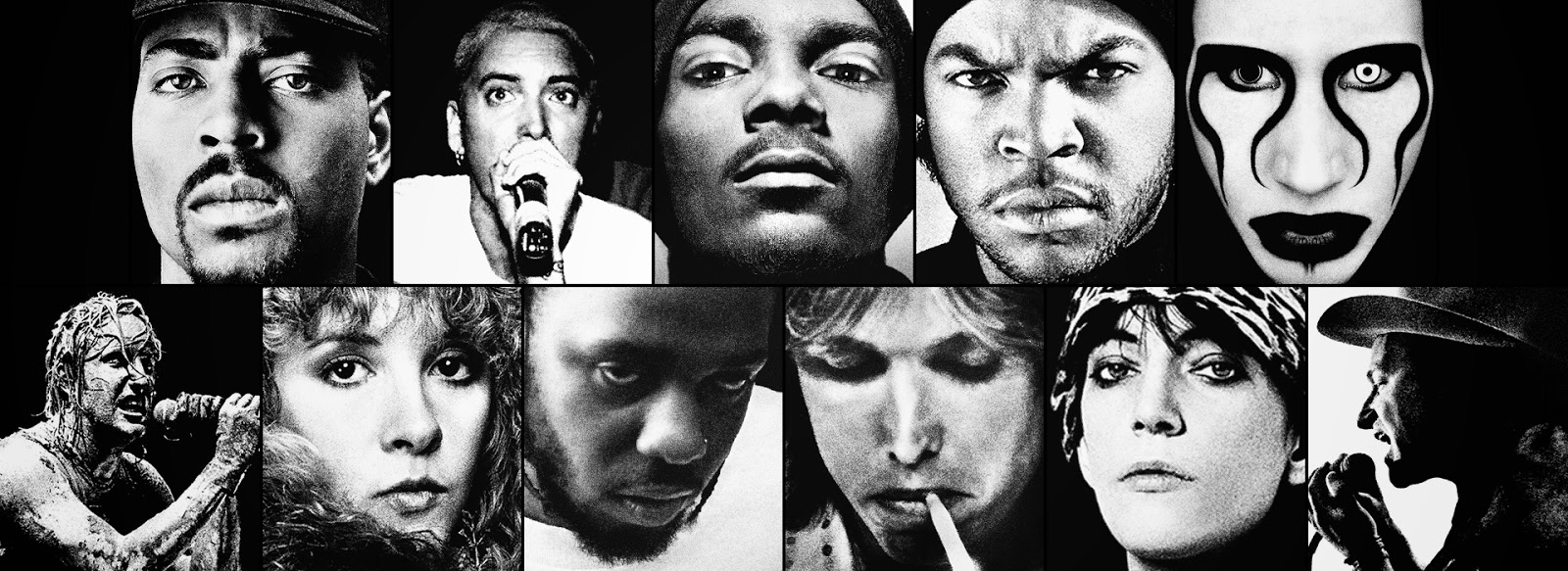
A Reverse Writing Process
But how in the world do you go about culling through, organizing, and editing 35TB of 2-camera interviews, b-roll and archival footage? And how does that process essentially make you a writer?
Executive producer, co-editor, and co-writer of the series Doug Pray has long been a proponent of editing as writing, particularly in documentaries. I talked with him about this massive project that took about three years to complete.
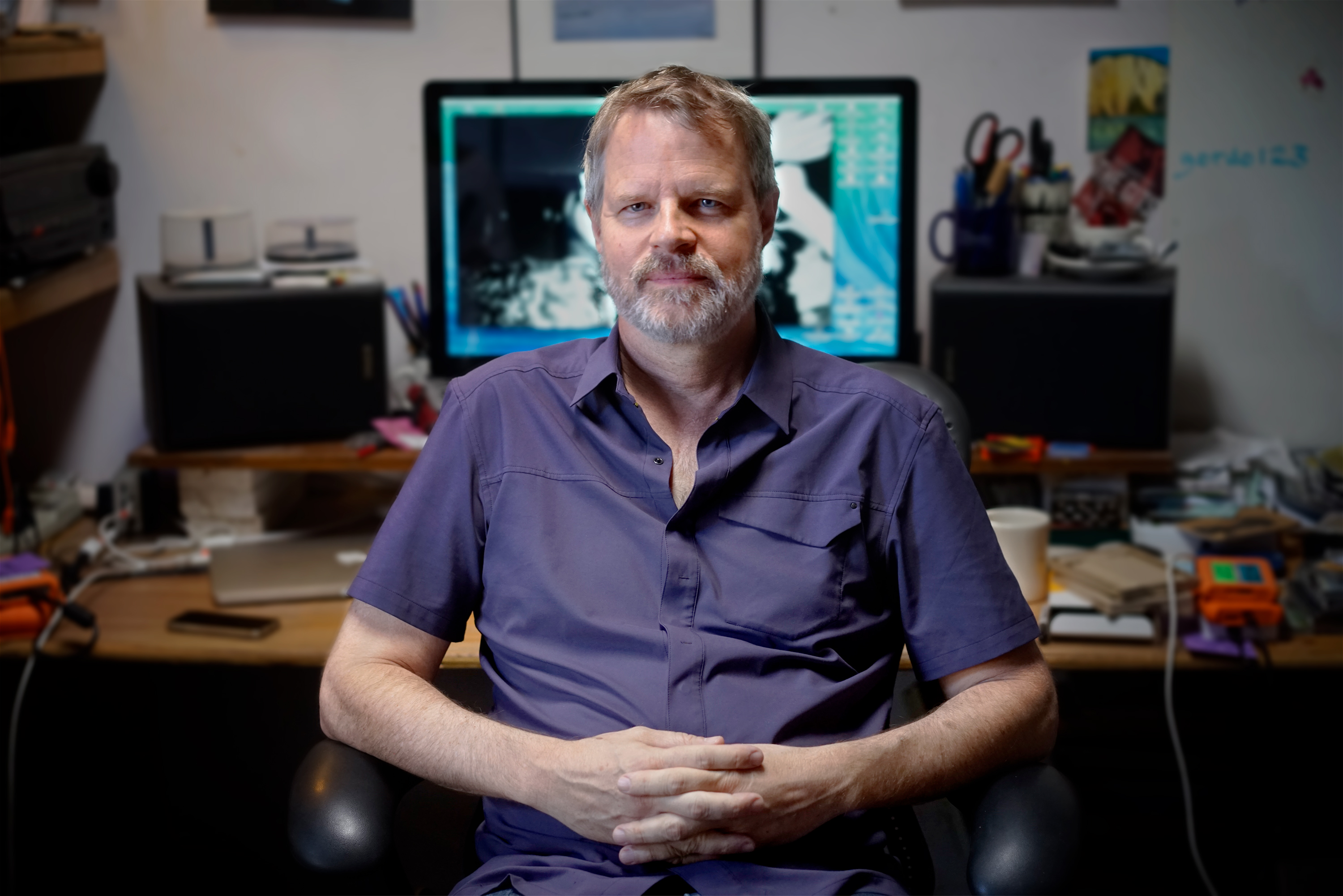
“Documentaries are so much about editing.” he told me. “Not to take away from the shooting. The editing is the writing in documentary films.”
While most dramatic films start with a script, the documentary builds the script in the edit.
“It all sort of crystallizes at the end and not at the beginning. And therefore it’s sort of a reverse writing process. When it’s all done, you finally have your script and then the film is done.”
Basically the “script” does not exist apart from the edit.
Controlling the Narrative
Doug’s partner in crime in editing this magnum opus was Lasse Järvi. Lasse got connected with Doug when he was a student of Doug’s in 2001 when Doug taught his class on, you guessed it, “Documentary Editing as Writing.” Doug was immediately impressed with Lasse’s talent. After that, Lasse edited a number of doc shorts and features for Doug in the mid to late 2000s, and so he naturally brought him on for this project. Lasse Skyped with me from his current home in Finland.
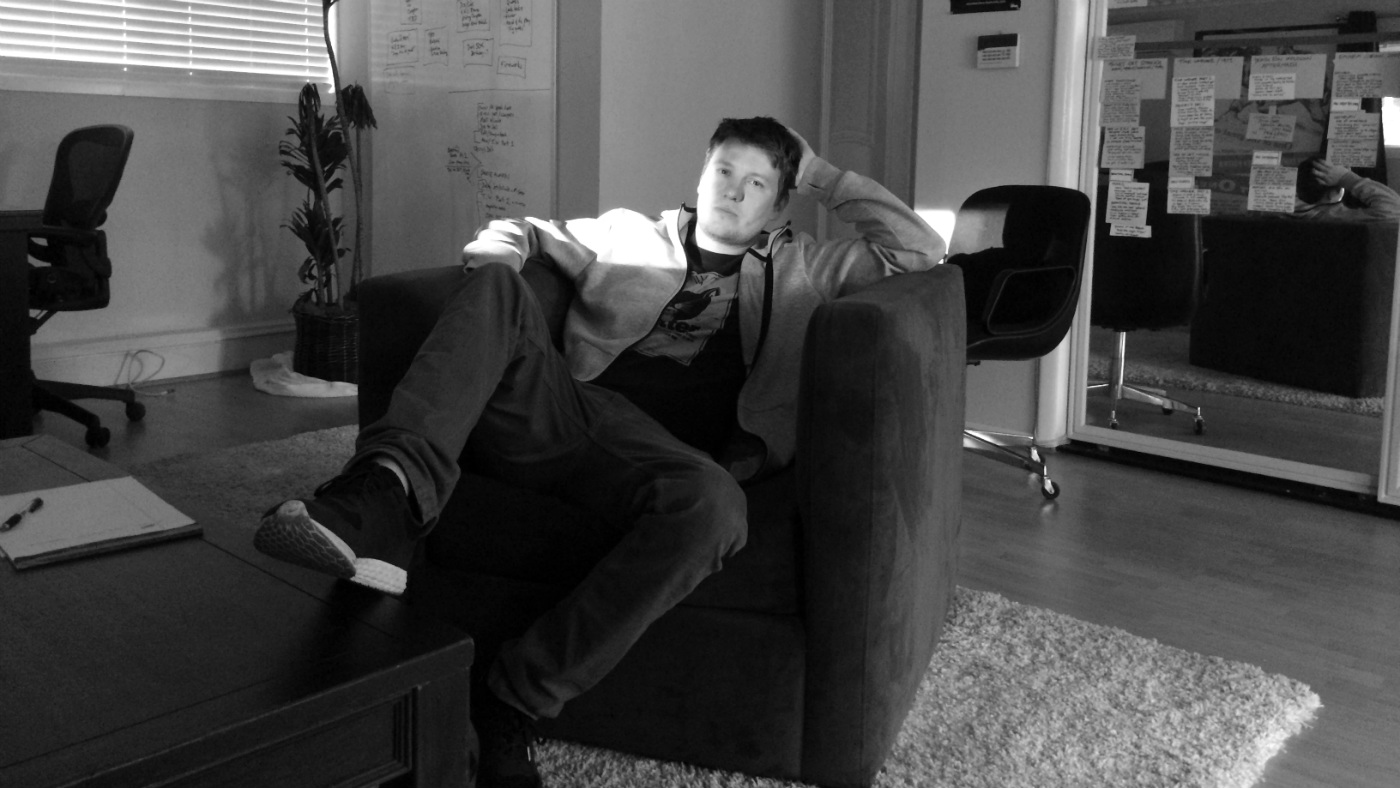
I was curious to know how they came to be credited as writers. This was the first instance where I personally saw a doc project with no narration where someone was credited as a “writer.” So I asked Lasse point blank, “What exactly is it that you all are writing? Are you writing the b-roll scenes?”
“We’re not writing the individual words, but we’re writing the structure, for the large part. The flow of information. And through that we can control the narrative. With any documentary, there are hundreds of different stories you can tell, depending on which topics you’re interested in exploring. Then it really comes down to the individual choices. What is the most relevant perspective to our narrative.”
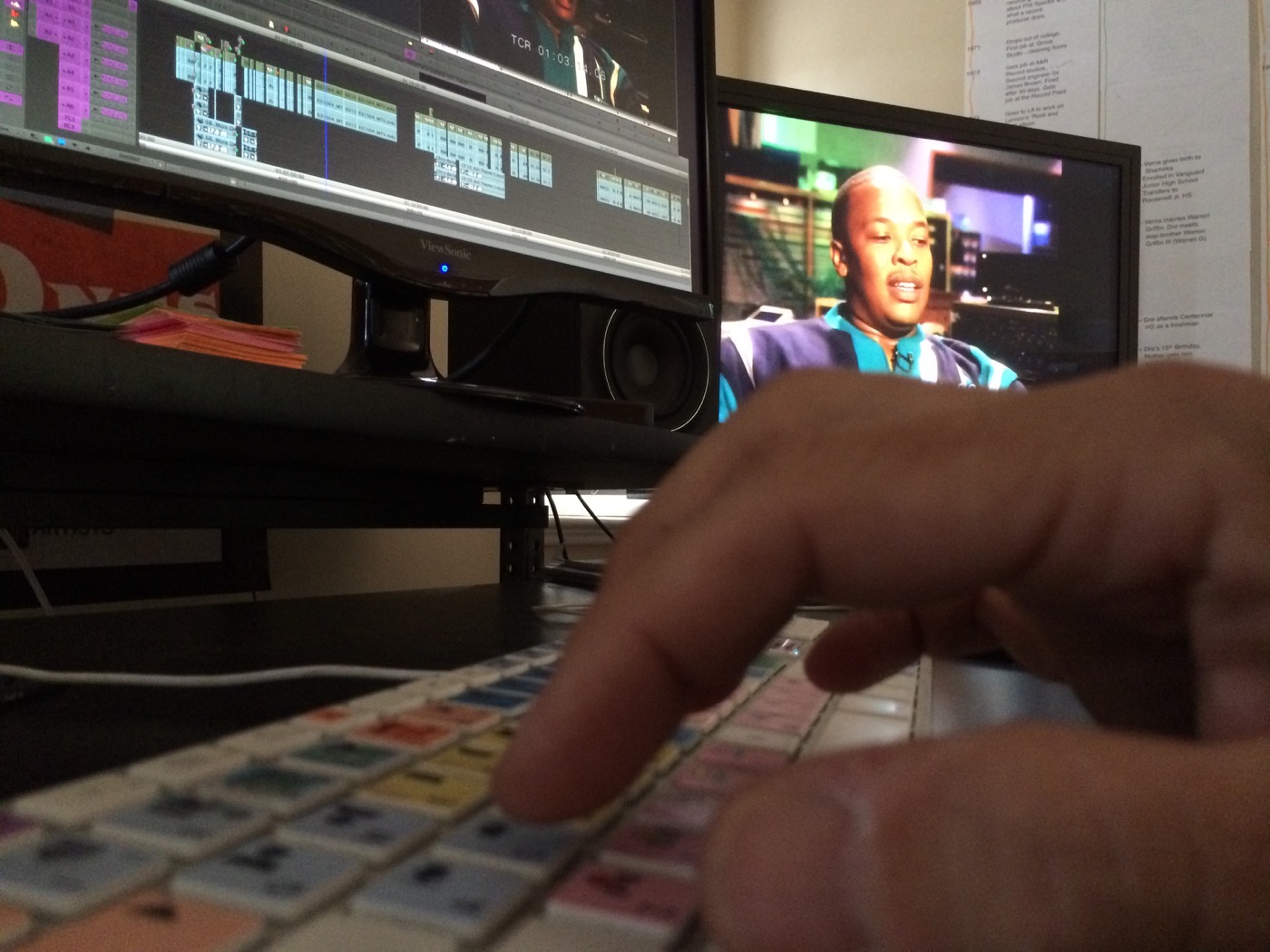
The more Doug and Lasse described this process, the more I was buying into it.
Doug commented: “It’s the ultimate creative act. You can go anywhere you want in a documentary. You can put together any images, and music and quotes and make it into what you need to make it tell the story.”
Plotting the Story on Index Cards
On a narrative film, the writers (often with input from the director) plot out the story on index cards. In this case, the editors were the ones who carried out that process, and they did it after the film was shot.
But before starting that process, they need to know the ultimate direction of the film. Doug explained the beginning of the process.
“You have to have an overall outline, and that’s where the index cards come. Overall, what is your director trying to say, and what’s the basic goal of the film? In the case of Jimmy and Dre, they’ve had so many successes, that we knew in almost every scene we wanted to show how hard it was to get there, what the struggle was. Otherwise, what’s the point?”
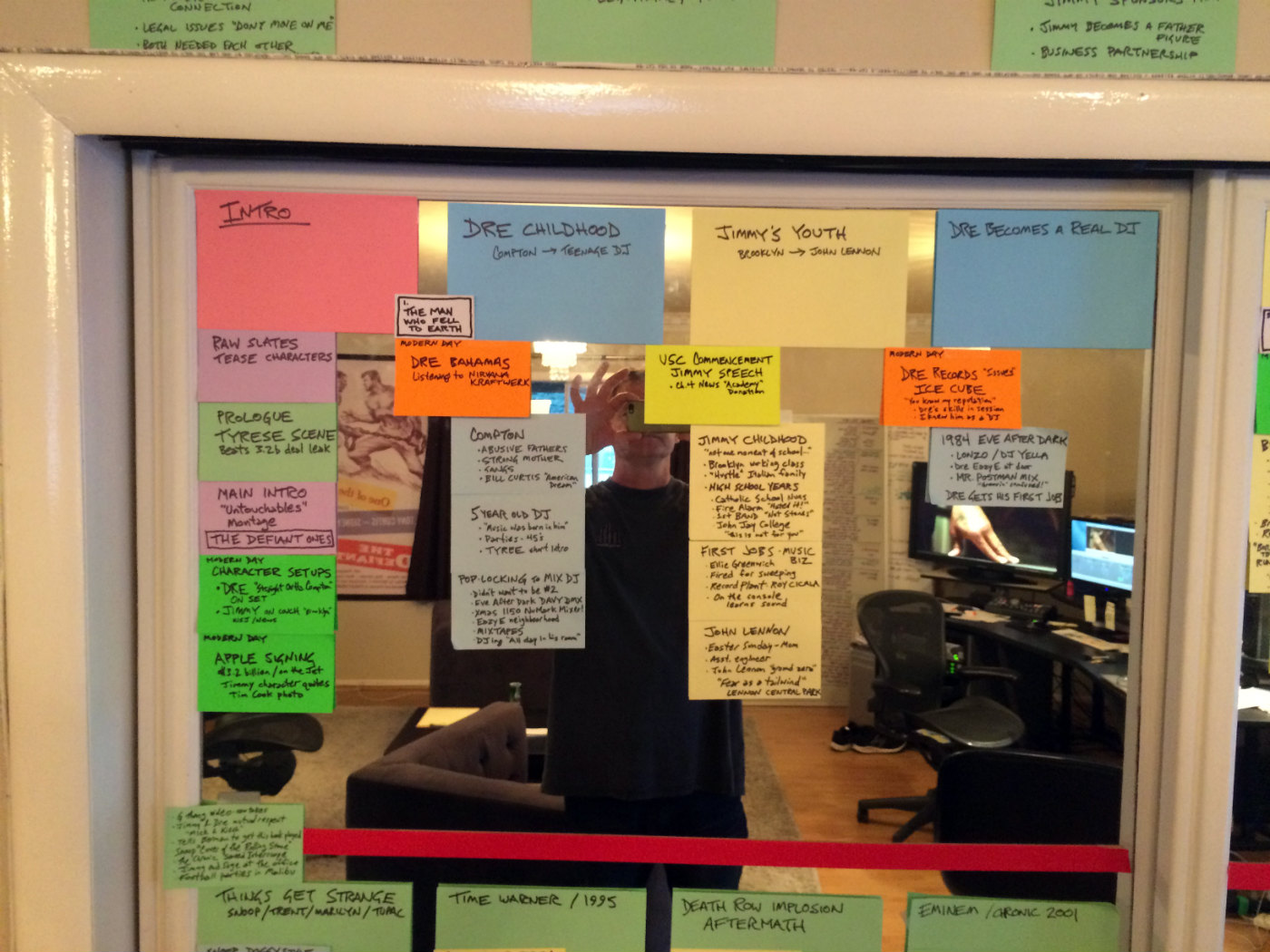
So Doug and Lasse begin combing the interviews to find story beats and key elements. Doug continues:
“It’s like you’re in a grocery store and you’re going down the aisles and you’re only pulling the things you know can possibly contribute to that scene. Then we take all those things, and lay them out, and we’ll make index cards that are loose. And then on a table, we start linking things together. Maybe we have b-roll of storms and lightning, and over here we have dark quotes where some guy is talking about the death of his parents or something. Well, those might go together. So we put those cards together. And those cards might be language, dialog, or they could be verité scenes, documentary moments that actually happened in front of the camera. And then I approach those cards that are lumped together as a ‘scene.’”
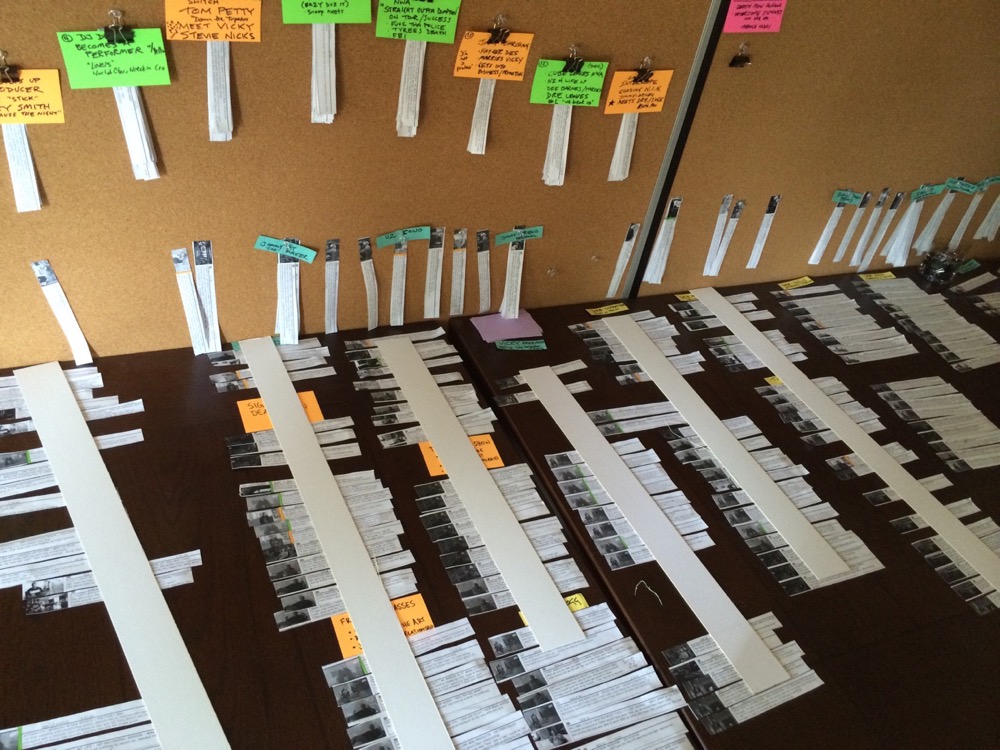
And it was here when Doug made a point that has been a common theme in so many of our interviews with A-list editors.
“One of the hardest things about editing is not putting things together, it’s about omitting. In the end you’re getting rid of 98% of what was shot. 98% of your time spent on a project is actually deciding, ‘No, that’s not necessary here. It’s really an excellent shot, an excellent quote, an excellent something, but it’s actually getting in the way of this other scene working that I’m trying to make right now.
You have to think and speak like a writer
“[When writing a screenplay], writers often have a process of using index cards, moving scenes around, analyzing what’s missing from a character’s development, and then trying to figure out ‘Wait a minute, for this scene to work, we must know this information,’ there’s not one piece of language in those conversations, those story sessions, that doesn’t happen verbatim in the editing room of a documentary. It’s the exact same conversations. The only difference is that they have a typewriter and we have an Avid, and we’re forced to use dialog that already exists.”
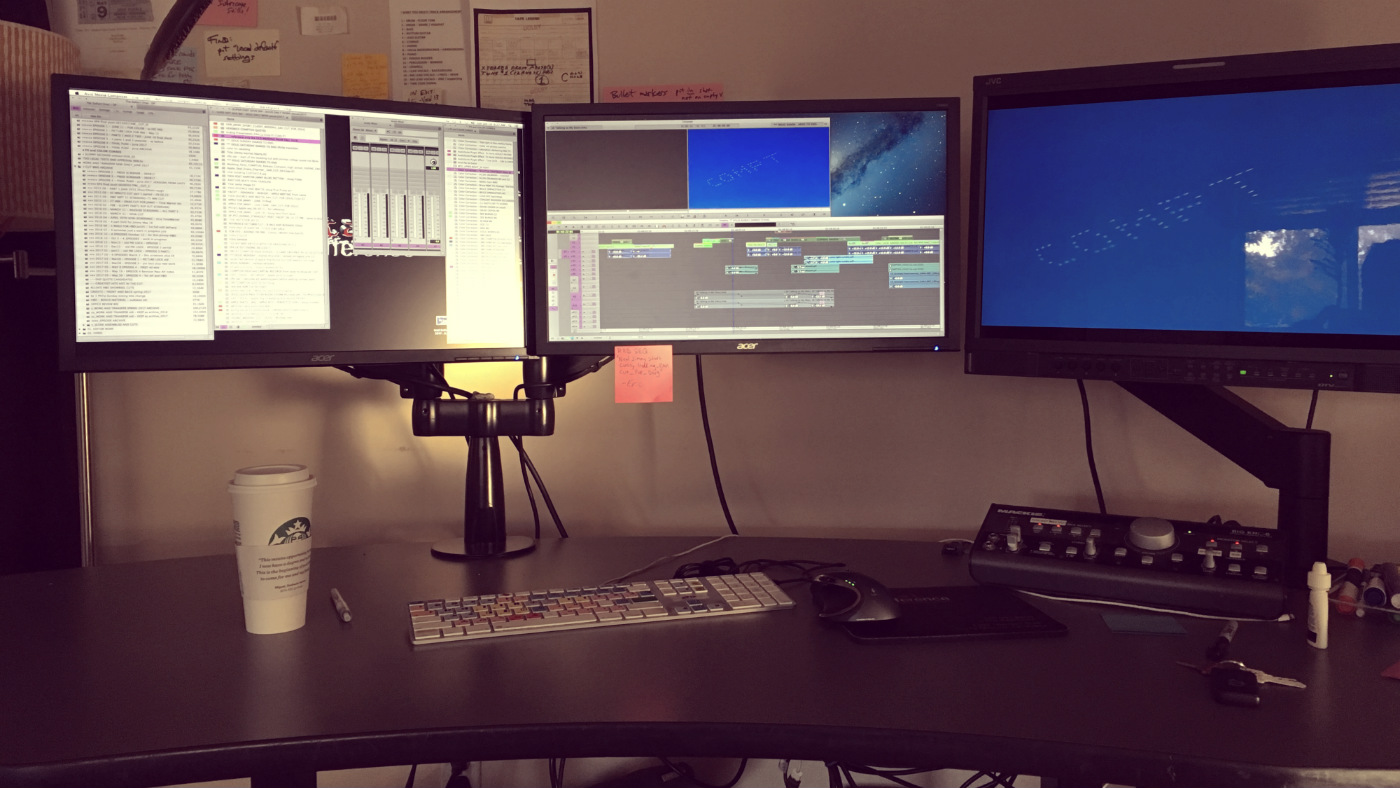
Organization and “Writing” the Story in Avid Media Composer
You often hear drama editors say that watching all of the footage is very important, but it’s even more important for the documentary editor to watch everything.
When watching the takes from a scene, the drama editor already knows pretty well what lines and beats are coming, and so he/she is watching for slight variations and subtle moments in between the lines.
For the documentary editor, however, there is no script…yet; and so a little moment or phrase might unlock an entirely new storyline.
“Let’s say there’s an hour-long interview. I go through the whole thing. And it can’t be an assistant. It has to be me. I have to actually hear the whole interview and feel and be moved by certain quotes or see the joke or see the glint in somebody’s eye if they’re emotional about something.”
Breaking down the “scenes”
Once they’d gone through the footage and organized their index cards, they began picking selects and organizing them into “islands”. These are grouped clips that relate to similar themes. These islands will eventually form the basis for the edit. Doug explains.
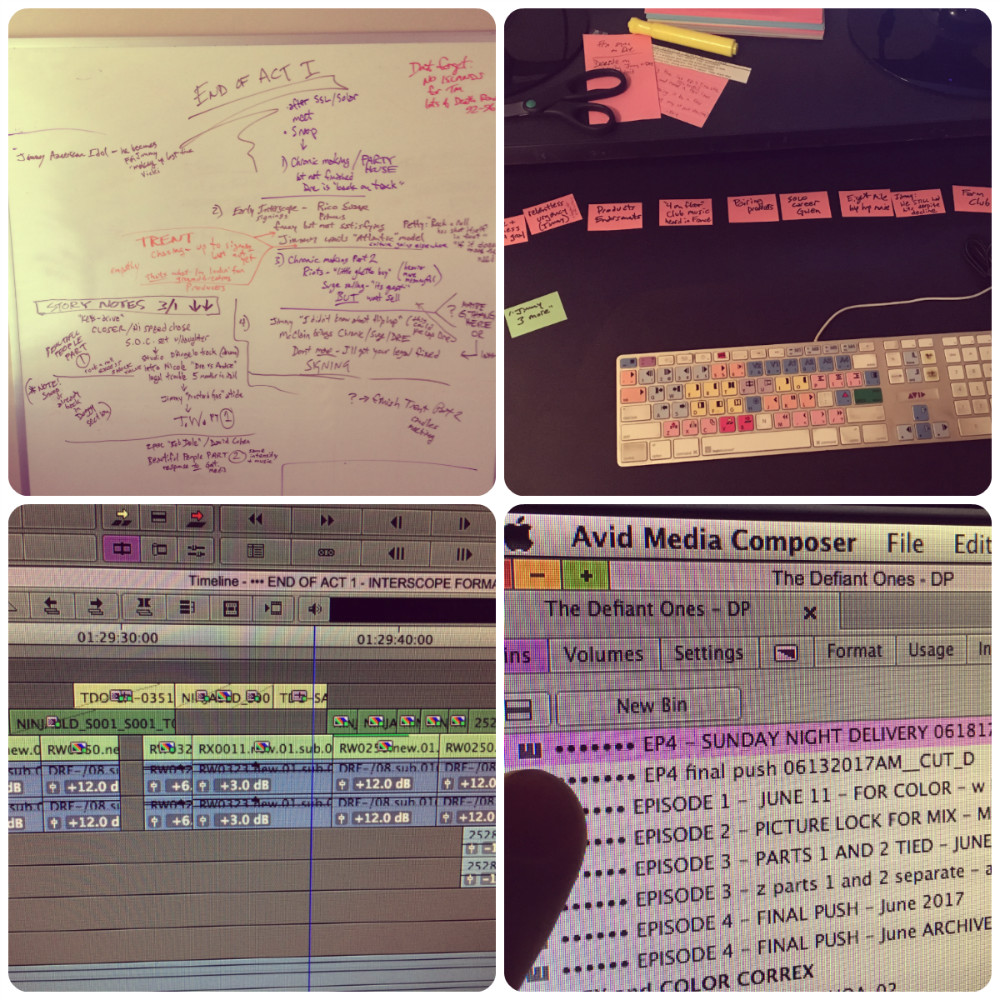
“From that, I break up everything they’re saying in the interview into what I call ‘islands.’ And so, an hour-long interview might have ten islands. One island might be all the quotes where he talks about his mother. Another might be quotes where he talks about how he got into the business. And they’re not in order yet, but they’re at least divided up.”
Doug and Lasse will work this way, back and forth, each going through a scene, creating these islands, which practically speaking are just grouped together in a sequence. It’s a long and tedious process, and is truly akin to the writing process of a traditional script. But it is absolutely crucial.
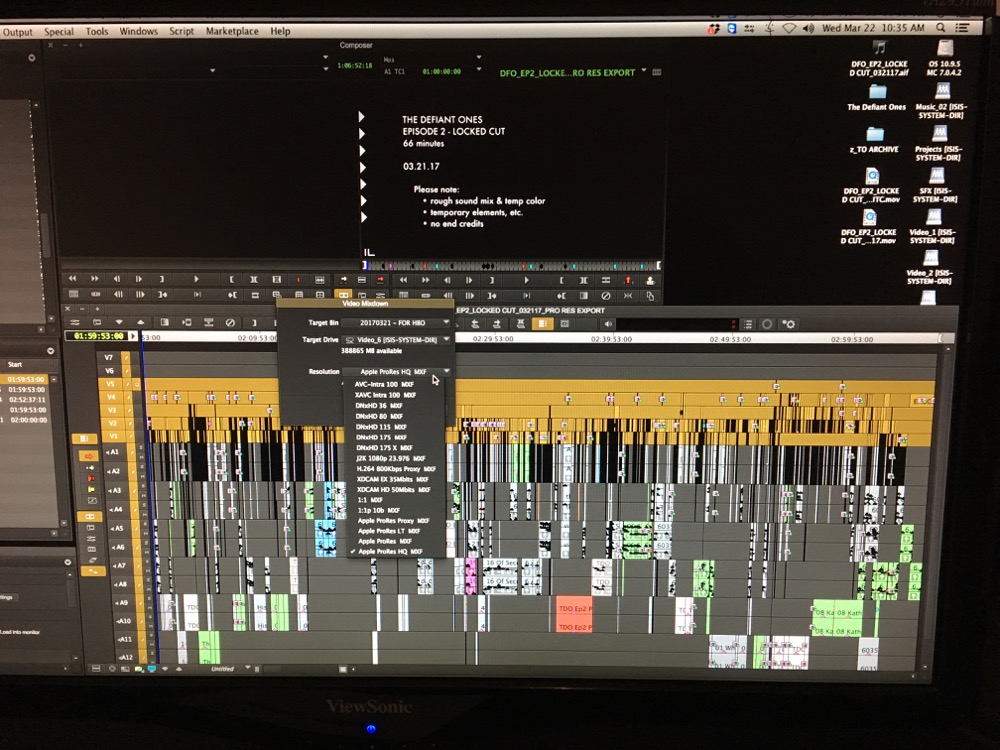
“Let’s say I’m editing a 5-minute short and it takes me five days. Three of those five days are spent just organizing and structuring. Way more than 50% of the time I’m just organizing things. And it’s really boring and tedious, and if anybody’s sitting in my editing room they’re just going nuts. And I am too. I just hate it.
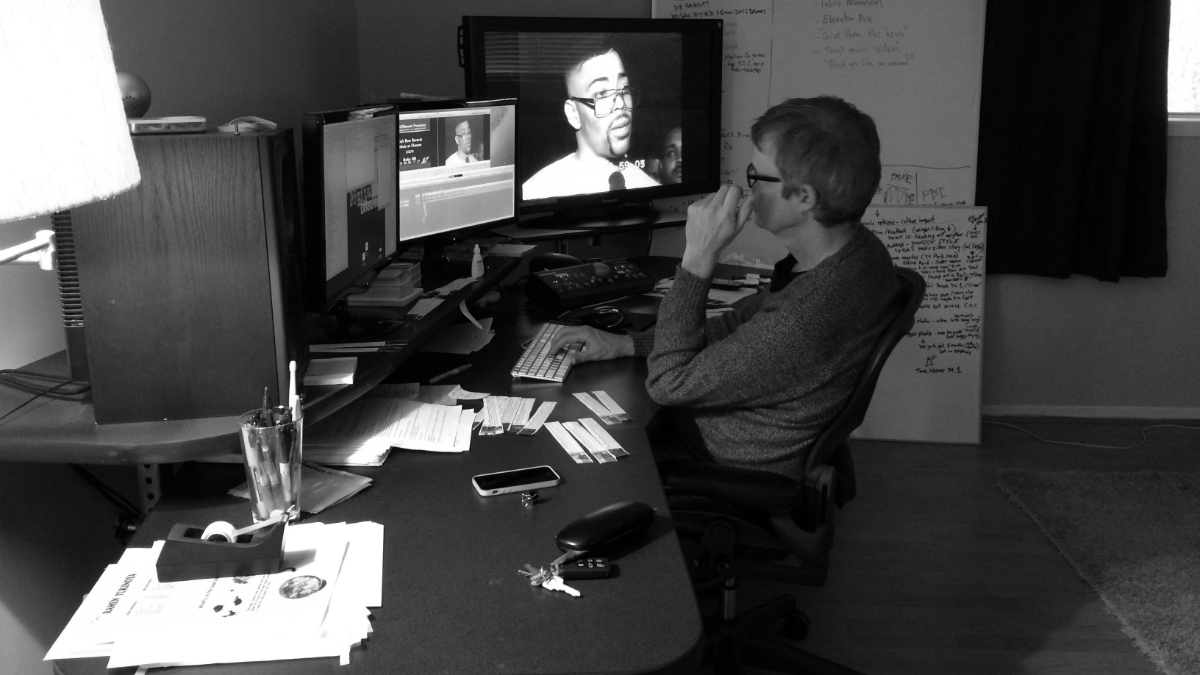
“But I know that I can’t get into the kind of open-minded, free editing without being hyper-organized. So that when I get an idea, I can say, ‘Oh, you know what might work?’ and within five seconds I can grab those four quotes, and they’re totally ready to go and already trimmed down and ready for action.
“I always tell that to new editors that I’m supervising. They want to get to the glory right away. They want it to be sexy and fun and cool and all smooth and stylized, and I’m like ‘You don’t even know what quotes you’re missing.’” Doug laughs.
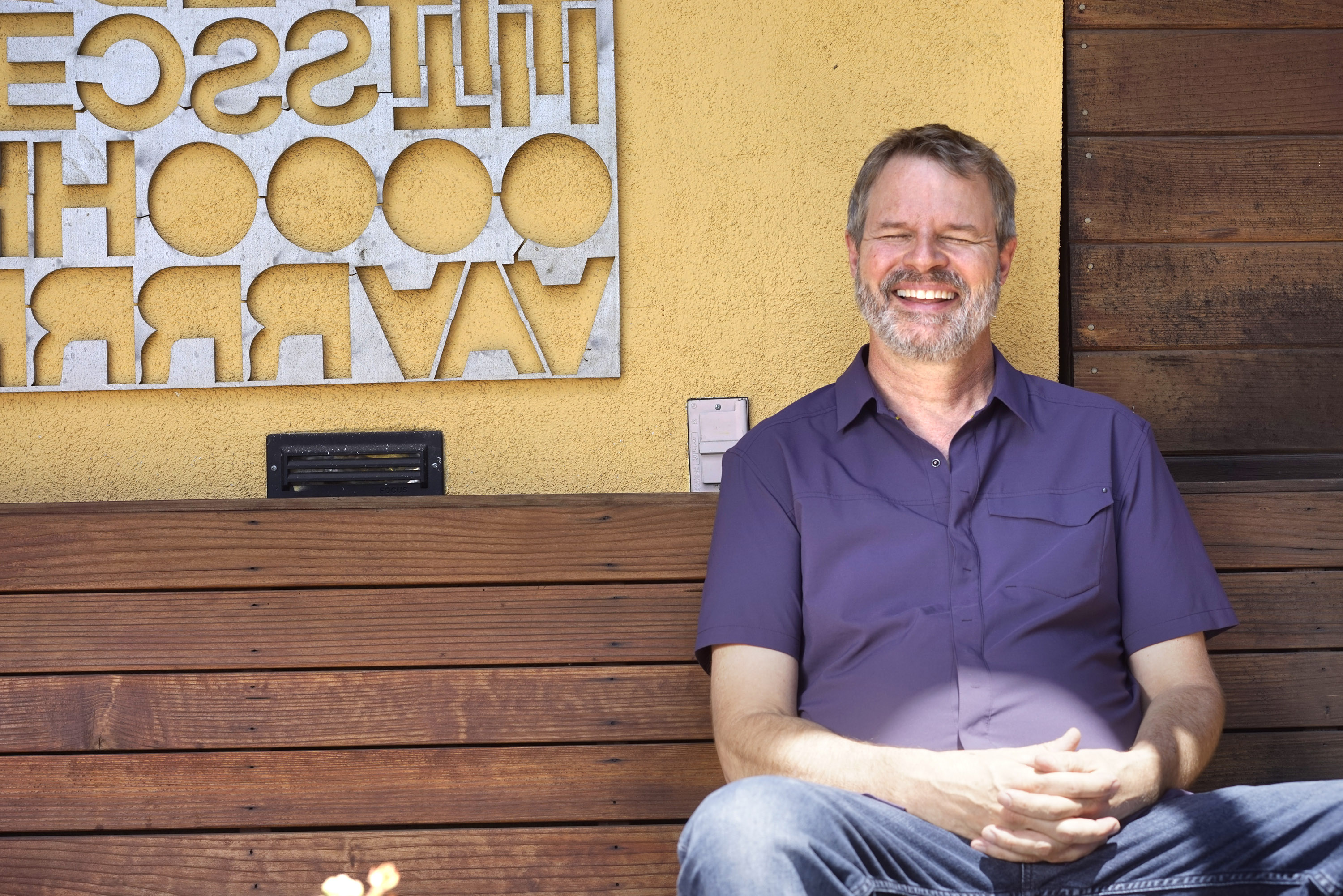
As he says this, I can’t help but think about editing as writing again. You have to have your “script” in place first. Doug continues.
“I like to use the metaphor: editing is like building a house, and too many editors want to start putting curtains in and literally the studs aren’t even up! If I have a 3-hour interview, that’s for sure a full day of organizing, if not two.”
This can now start to give you an idea of the painstakingly long process required to cull through, organize, and edit a 4+ hour docu series.
Where the F— Did You Come Up with That Idea!
A key talent of any writer is the ability to conceive of new ideas that breathe life into your film. For traditional writers, much of that comes in the screenwriting phase. For the documentary editor/writer, there is a unique opportunity to take what you’re given in footage, and be just as creative with the manipulation of that footage. Doug commented that Lasse was a genius in that regard.
“Lasse is literally an artist, in the sense that, when he takes a scene, he doesn’t take a scene and just fix it. If there’s a scene that isn’t working, I’ll tend to get very academic about it. Like ‘I need to fix this one quote, and I need to fix that transition, oh, and by the way, let’s change the music. It’s the music that’s screwing it up.’ Lasse will take a scene and his version of fixing it is more to go out into the ‘field’ with his ‘canvas’ and ‘paint brushes’ and he’ll take it into some completely different stratosphere and bring it back and you’re like ‘Oh my god. Where the fuck did you come up with that idea?’ He’ll just put together two things that nobody would ever put together. He’s highly experimental.”
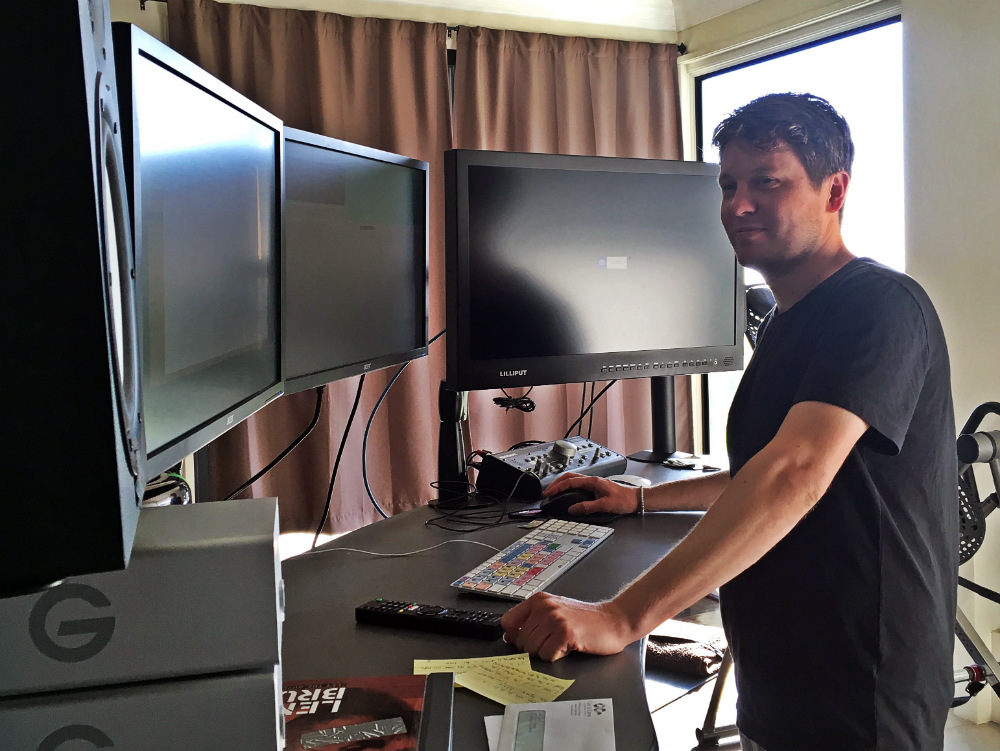
As I watched the doc, I recall several times when the camera would linger on an interviewee just staring, looking at the camera. Meanwhile, some voice-over either by or about that person is happening. Something profound or poignant. It was actually quite beautiful. To my pleasant surprise, Doug began to explain the origin of this technique without me even having to ask.
“One of the things Lasse did on this project was invent, or at least further, some really fresh and different documentary editing styles and techniques. We named this one kind of edit the “Empathy Cut,” where you take footage of somebody who’s deep in thought or listening or just about to answer a question, but they’re not actually talking. We do that throughout the film. I’ve certainly used off-camera moments in my documentaries, and I’ve seen other films where they rely on voice over, and during the voice over, you’ll maybe see the same character not talking. We certainly didn’t invent that. But Lasse took the idea so much further. It became a whole new meaningful layer of picture over the narrative.”
Doug described the scenes in question, where there’s a person who is talking on camera, then they pause. As they are paused, not talking, we hear another quote from that same person in voice over—something they said in another part of the interview. So it almost appears as if they’re thinking about it and we hear their thoughts. Doug was ecstatic when he first saw this.
“Lasse sprung that on me three or four times in the first year and I was like, ‘That is amazing!’”
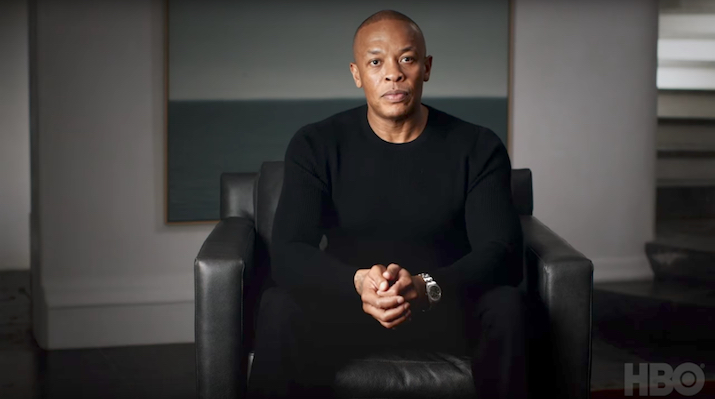
HBO Collaboration in the “Writer’s” Room
When I hear about this editing as writing process, I can’t help but think about the metaphor of a television show’s writers’ room. You have a show runner with an overall vision for the show, and the writers make it happen. In this analogy, Director Allen Hughes is like the showrunner and Doug and Lasse are the writers—as well as their assistant and co-editors Philip Owens and Eric Alexander-Hughes (Allen’s son). And like any television show, those writers also have to work with a network.
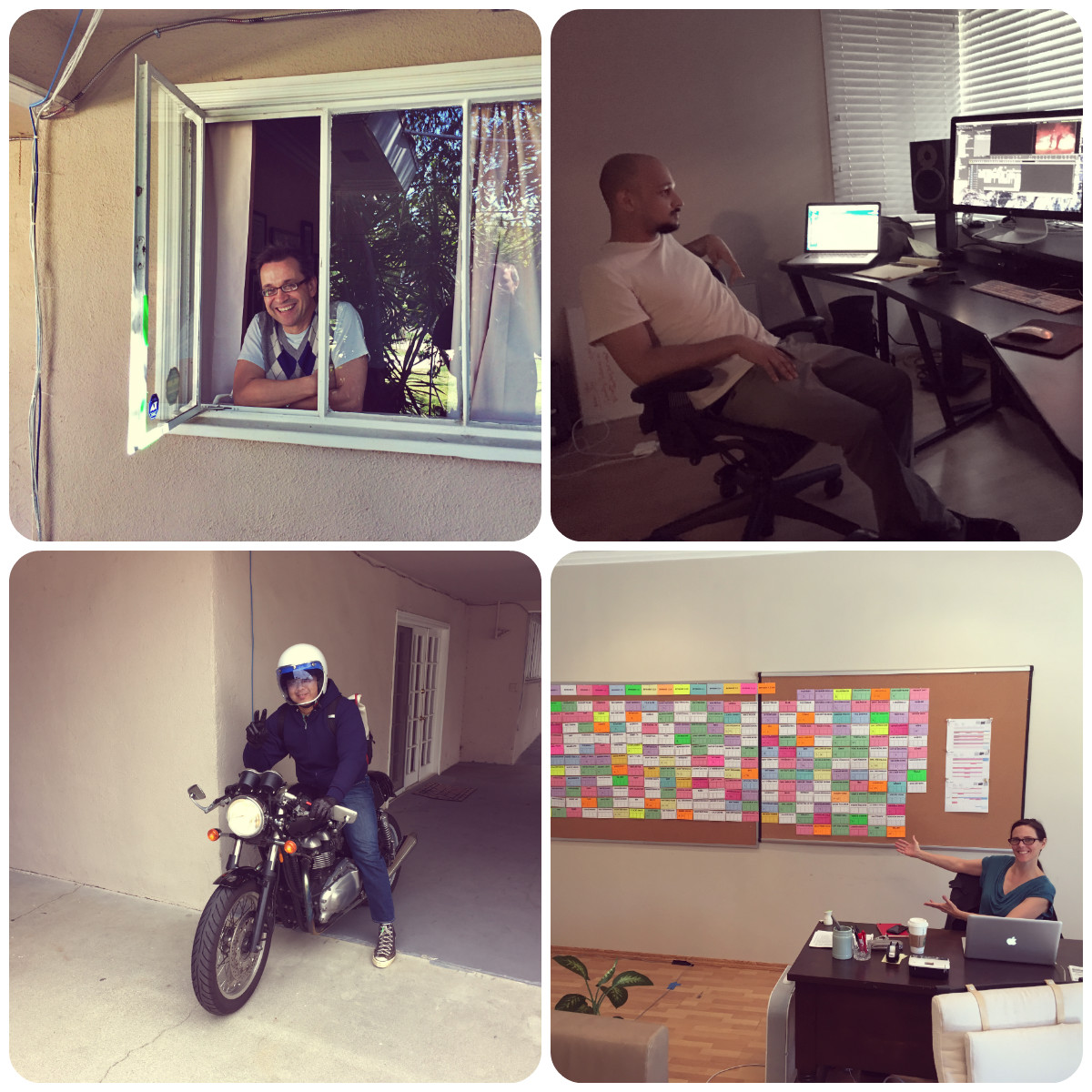
Lasse concurs. “Working with HBO was the greatest thing. And that’s what I’ve always heard. They give a lot of freedom to the filmmakers. Freedom for the project to be what it needs to be. Once we demonstrated to them, what can be done with it when given the space and the time, they were always on board.”
Doug made a point to say that it wasn’t always roses. Naturally, there were some challenging times. Not the least of which was convincing HBO to let this go from a 90 minute special shot and edited in six months, to a 4-part mini-series that took over 3 years and included: a full time archivist and researcher; over 3,000 clips that needed to be licensed; and per an interview I heard with Allen Hughes himself, the largest music licensing budget in HBO’s history.
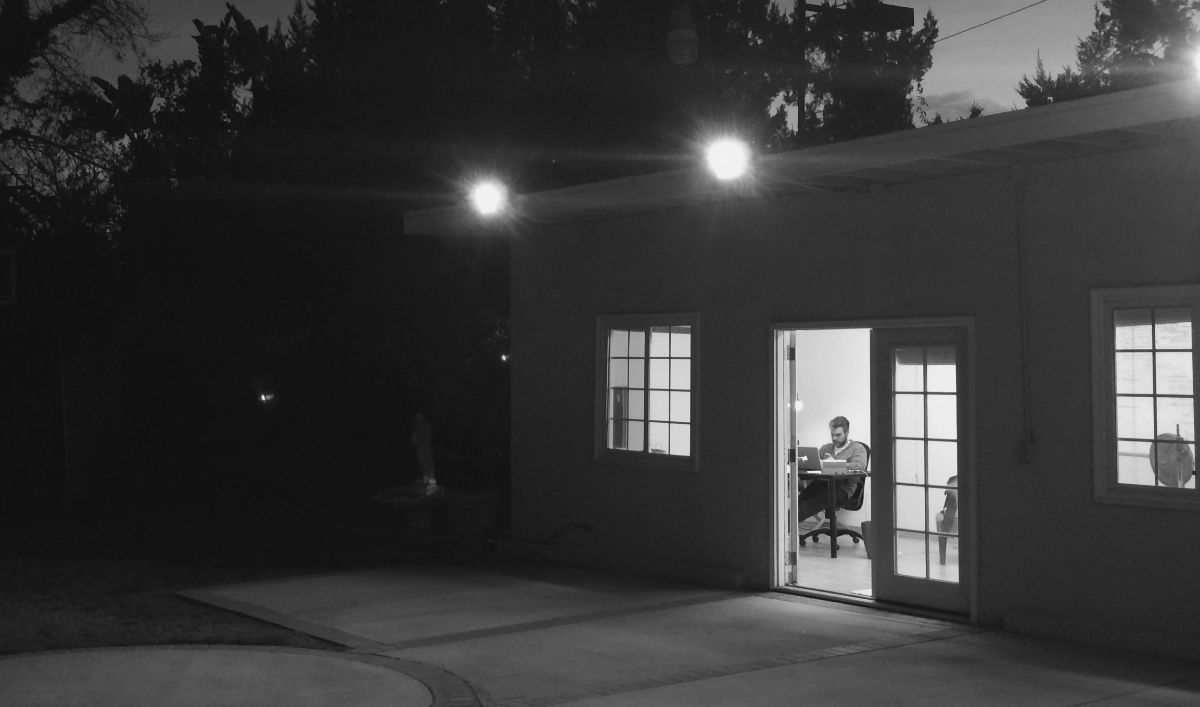
But Allen was a bold and determined “showrunner” who fought hard for his vision. Doug laughed and commented, “It was not surprising to me that Allen Hughes directed a project with the word ‘defiant’ in the title.” Doug has a long history with Allen, dating back to when he edited the 1999 doc “American Pimp” (co-directed with Allen’s twin brother Albert Hughes.) So he knows of what he speaks.
But another part of Allen’s boldness was to empower his “writers” to take this film to creative heights. Doug commented on how there was a meta aspect of editing project. There wasn’t a scene they worked on that didn’t in some way relate to the creative process of the project itself.
There’s a scene in the series when Iovine says “When working with a genius, you give them the keys to the car and let them drive.” Allen was to Doug and Lasse what Iovine was to artists like Trent Reznor and Dr. Dre.
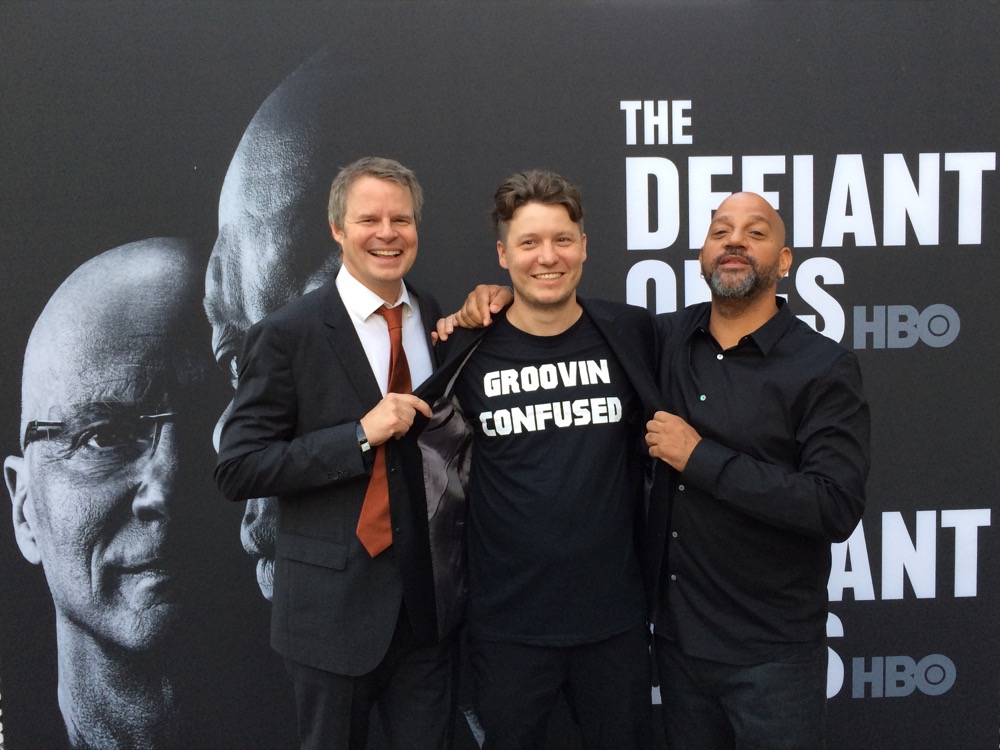
Giving Credit Where Credit’s Due
At the end of the day, this idea of editor as also writer on a documentary is about recognizing art, passion, and creativity. It’s about looking at the work of artists who are in essence doing what another artist does, and acknowledging that. And it isn’t always the editor. Doug explains.
“Sometimes a documentary director will take a writing credit. The term written by as it applies to documentaries, over the past decade, has only begun to be accepted. When it was first tried, writers understandably were offended. But as you get involved in documentaries and you realize how many hundreds and hundreds of hours you spend moving scenes around and structuring the narrative, you really want to apply that to something. When I first started, no one used the term written by in docs. Even I thought that was inappropriate.
“The Sundance Film Festival has always given a writing award for dramatic films, but now they are giving out special awards for documentary editing, and even documentary writing, and that recognition really means a lot to me. Films are written. Period—whether fiction or non-fiction.”
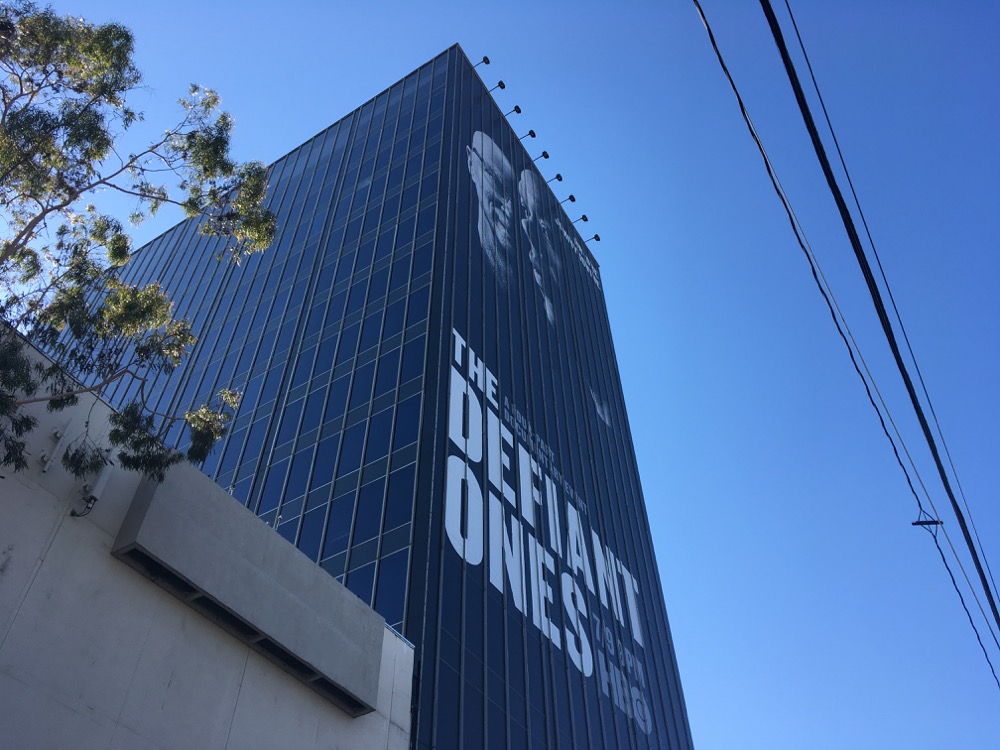
.

